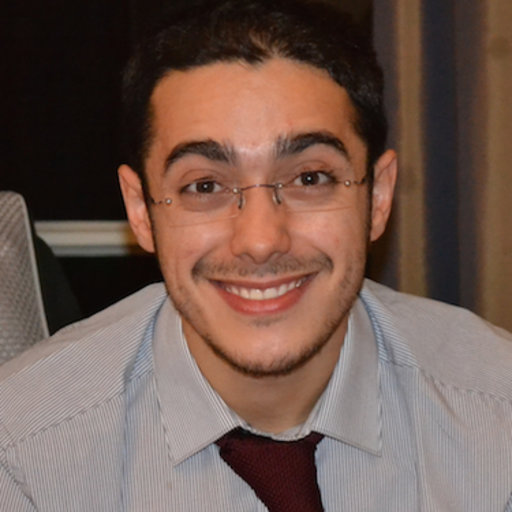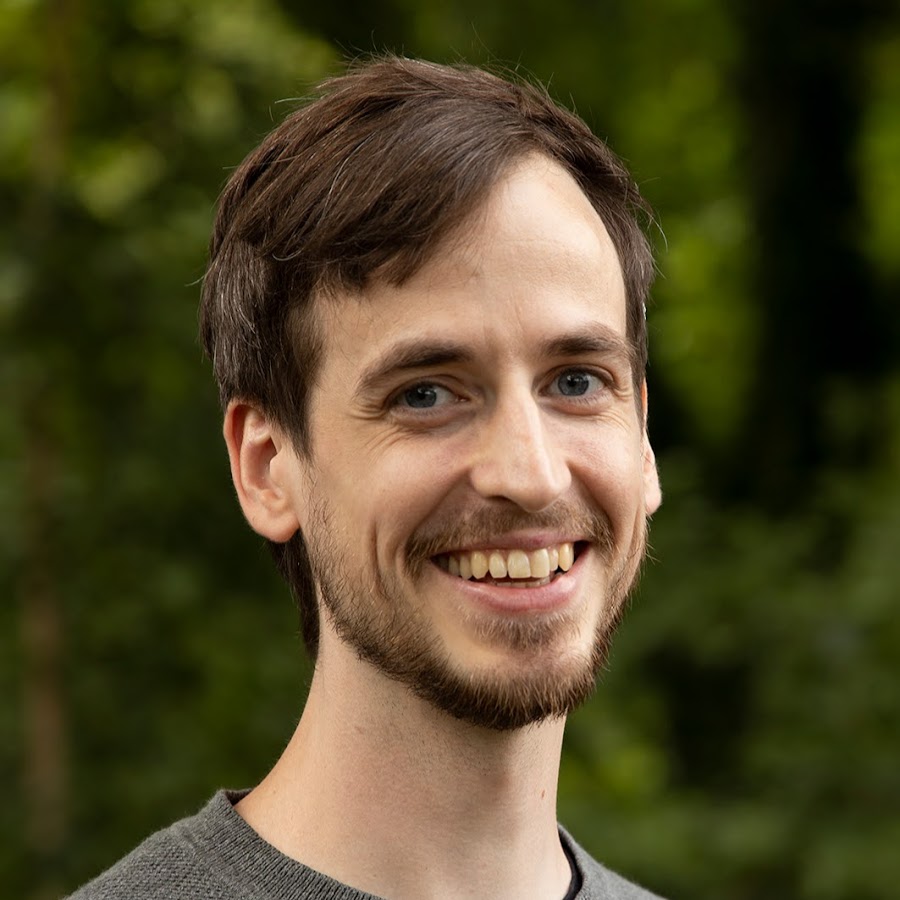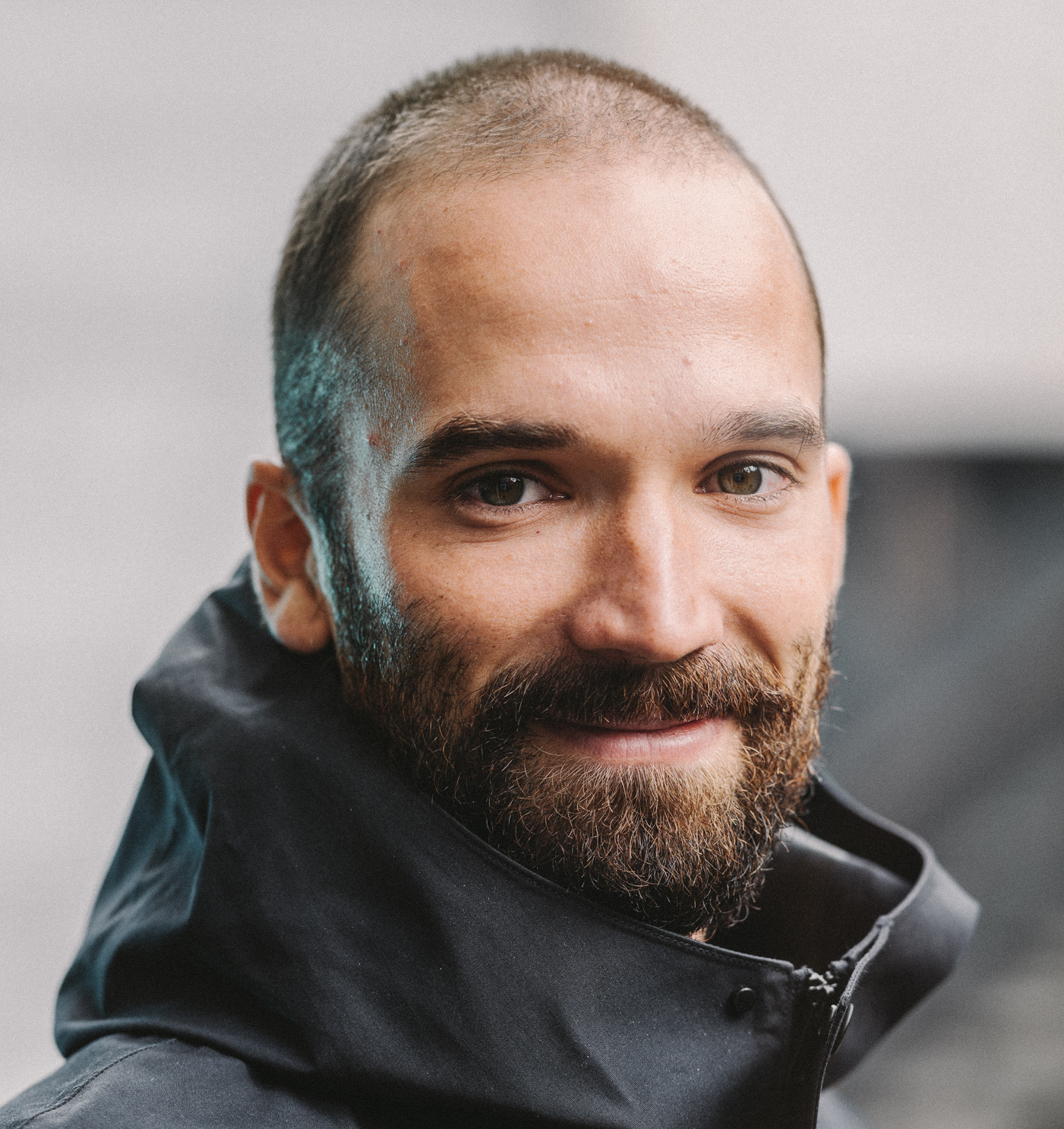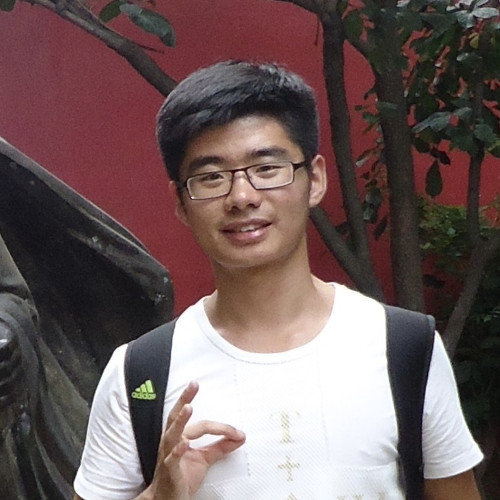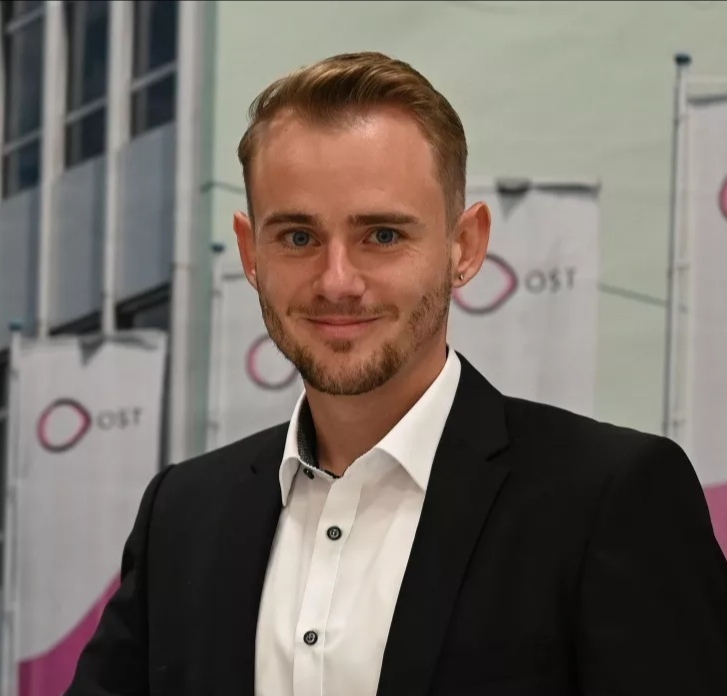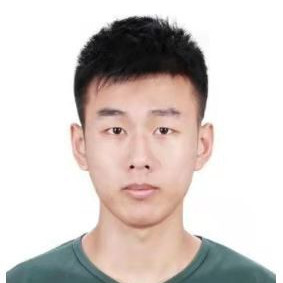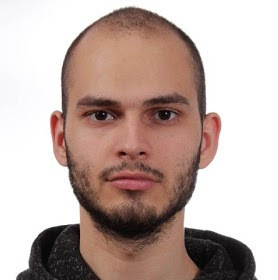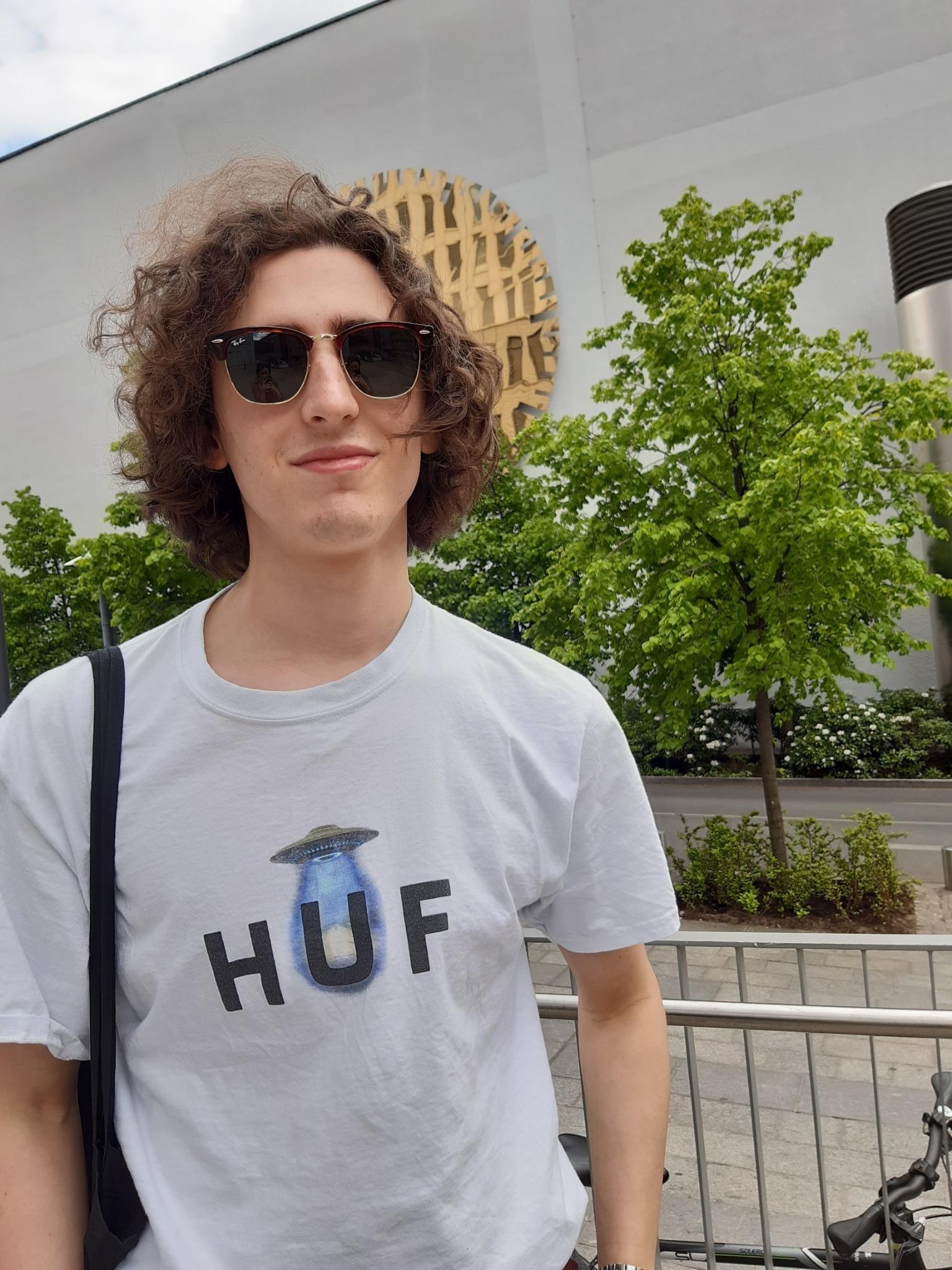Wilker Aziz Ferreira
Many (if not most) advanced DL models are probabilistic models (or at the very least key aspects of their design and training are given probabilistic treatment). The focus of this module (or this part of the module) is to learn to prescribe probability distributions over complex sample spaces (discrete, continuous, structured), parameterise these distributions using NNs, and estimate model parameters to maximise (bounds on) likelihood via gradient descent. The goal is to get students to expand their toolbox, to see modelling ideas and estimation algorithms as modules they can compose (ie, VI is not exclusive to VAEs, VAEs are not necessarily built upon Gaussians, autoregressive models are not exclusive to one data type or another, reparameterisation is a general tool, MLE is a general tool, etc). We cover two main classes of models, depending on whether a key function (the likelihood function) can be assessed tractably given a set of observations and a parameter vector.
TL;DR In this module you learn to view data as a byproduct of probabilistic experiments. You will parameterise joint probability distributions over observed random variables, however complex/structured they may be, and perform parameter estimation by regularised gradient-based maximum likelihood estimation.
Relationship to other modules:
- Advanced generative models are (rather special) instances of probabilistic models, this module gives you some background knowledge that can ease your way into advanced generative models such as normalising flows, energy-based models and diffusion processes.
- Certain advanced probabilistic models (e.g., latent variable models) require techniques to approximate intractable computations in a principled manner, those techniques are discussed in the amortised variational inference module. Because amortised VI concerns probabilistic models, this module can be thought of as background to it.
- Bayesian models are also probabilistic, but you don't necessarily need to content of this module to understand Bayesian deep learning (it does help, but you can live without).
Documents:
Lecture recordings:
No recordings.

